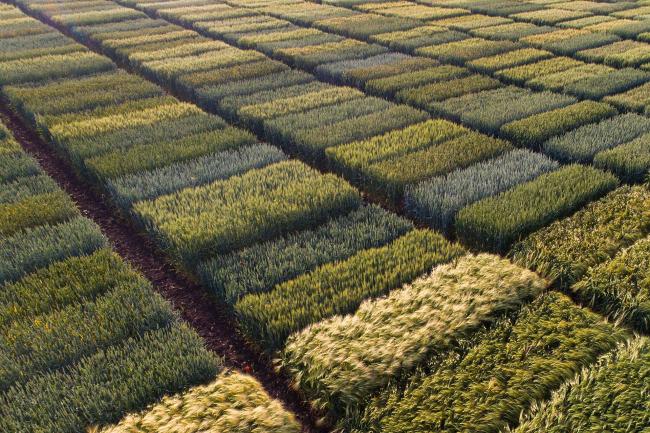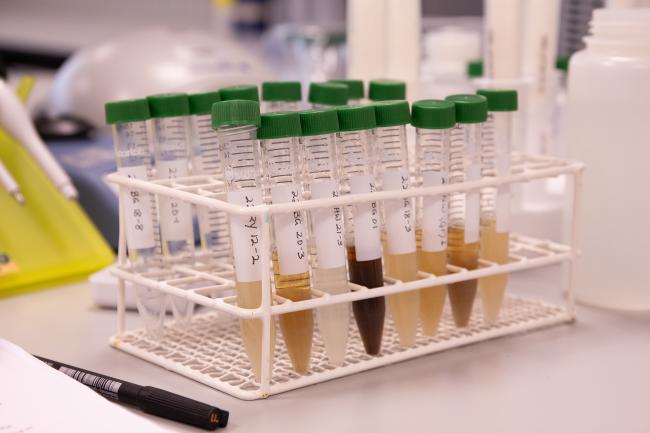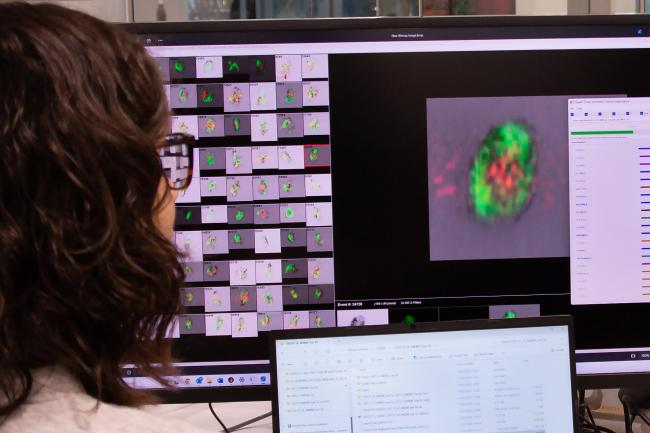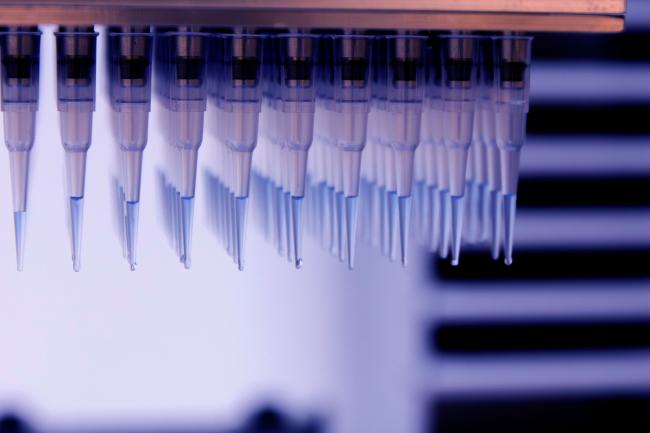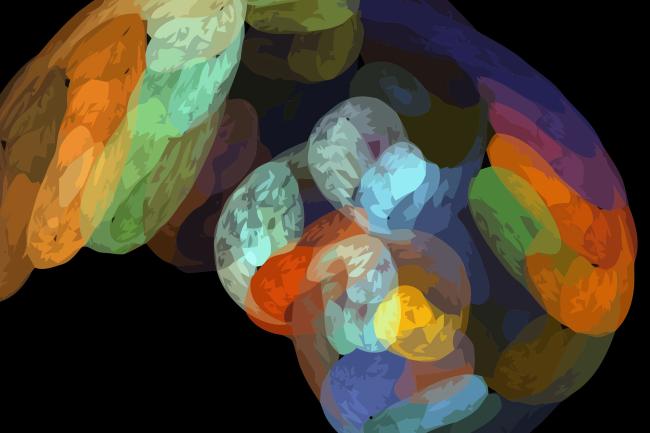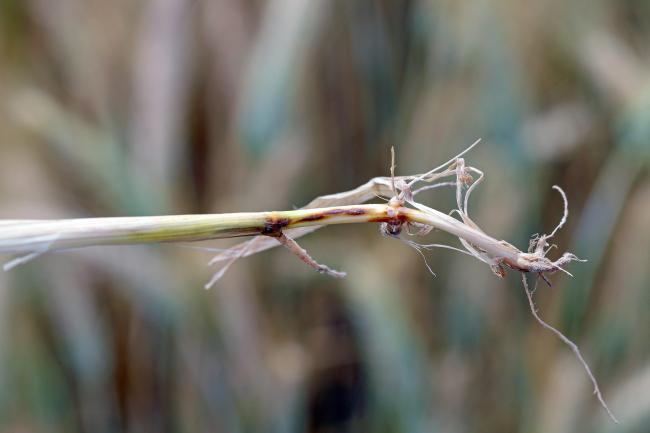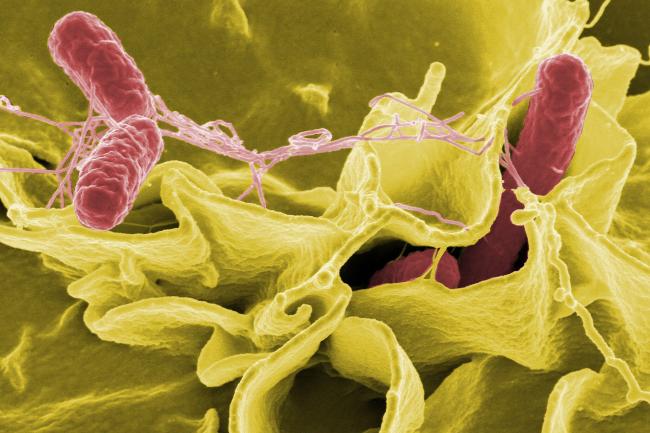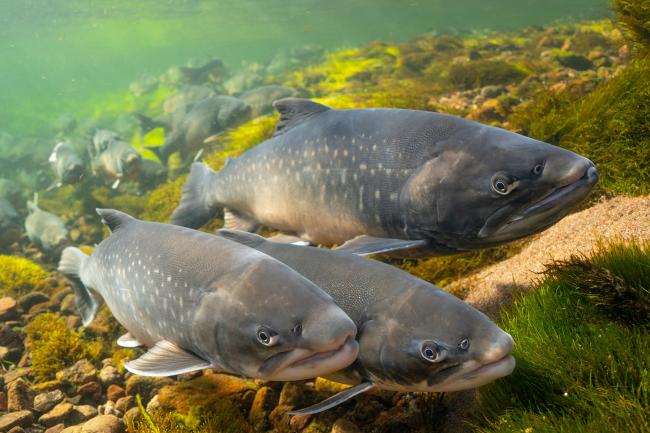As with cells, science as a field has witnessed vast evolution since its beginnings rooted in the philosophy and philosophers of the ancient world.
And, like the Cambrian explosion that saw complex multicellular life erupt from the seas and oceans, scientific evolution has accelerated swiftly into various revolutions, aided in the most part by a concomitant explosion in technological discovery and capacity over the last few centuries in particular.
Thus, today, less than 400 years after Robert Hooke discovered the cell, while Newton was busy discovering gravity, we have hurtled through a new world of biological innovation that started slowly but gained pace, along with the technology that came along with it.
Robert Hooke saw the first cells through one of the first microscopes (admittedly unwittingly), which have since become powerful enough that we can visualise mere molecules using beams of electrons, while Newton’s observations on light have become such that we can visualise chemical reactions inside cells in real time using coloured lasers (and Earlham Institute sequenced Newton’s apple tree not so long ago).
Those first microscopes remained almost unchanged for another couple of hundred years, yet at this point discovery truly started accelerating when Carl Zeiss (the company Zeiss founded is still going very strong today) hired Otto Schott (the inventor of borosilicate glass) and Ernst Abbe (who was one of the forerunners of modern social legislation, such as the eight hour work day).
What is poignant is that this was around the same time that Louis Pasteur was successfully vaccinating people against viruses such as rabies, developing his germ theory of disease and destroying the idea of spontaneous generation. In the UK, Charles Darwin was busy piecing together his groundbreaking and revolutionary work on the Origin of Species.
Meanwhile, Charles Babbage and Ada Lovelace were setting us on the road to computers and computer programming with their pioneering Analytical Engine, which inspired the way to the Manchester Mark 1 running the first ever computer program a century later.
For a long time, subjects such as chemistry, biology, physics, computing and more have been seen as differing subjects with distinct paths. Pasteur himself had to avoid dismissiveness over his initial discoveries due to his being trained as a chemist.
Today, in institutes such as EI, these diverse disciplines have coalesced, advancing each and every field in the process. When once it took years to sequence a gene using manual methods (only decades ago), we can now run entire strands of DNA through a handheld Oxford Nanopore MinION and convert the signal into a genome sequence within hours on a computer.
We can use powerful microscopes to identify single cells, then load these into machines that can sequence their genomes individually. We can use robots and drones to image crops in fields, then use algorithms and machine learning to teach computers how to spot the differences due to disease, weather or a genetic change. We can program machines to write DNA molecules from scratch, then stitch them together to be able to make proteins that can manufacture medicines in a test tube.
Computing, biology, chemistry, physics and engineering are all as inextricably linked in unravelling the complexities of life as the intricately woven webs of life which we are trying to unravel.






